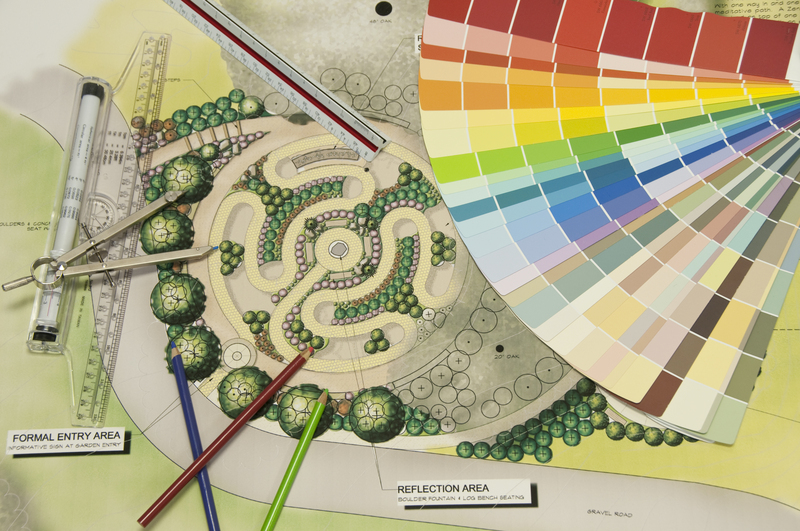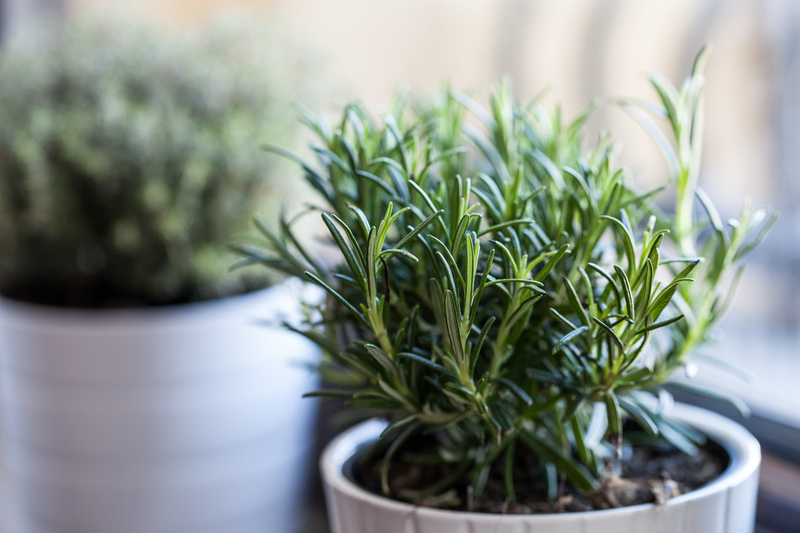Lawn Scarifying - Ideal Timing
Posted on 19/06/2025
Lawn care enthusiasts and gardeners understand the importance of maintaining a healthy and vibrant lawn. Among the crucial tasks for optimum lawn maintenance is scarifying. Also known as de-thatching, scarifying helps in removing thatch and moss that hinder the growth and health of grass. Understanding the ideal timing for lawn scarifying is key to achieving the best results. This comprehensive article dives deep into the concept of lawn scarifying, its benefits, and the optimal times to perform this essential task.
What is Lawn Scarifying?
Lawn scarifying involves the mechanical removal of thatch, moss, and organic debris that accumulate at the base of grass plants. Thatch is a layer of dead grass, moss, and other organic materials that can prevent water, nutrients, and air from reaching the grass roots. Scarifying is done using a lawn scarifier or dethatcher, which has sharp blades or tines that penetrate the soil, lifting and removing the thatch.

Benefits of Lawn Scarifying
1. Enhanced Nutrient Absorption: Removing the thatch layer allows water, air, and nutrients to penetrate the soil more effectively, promoting healthier grass growth.
2. Improved Aeration: Scarifying opens up the soil surface, improving air circulation and reducing soil compaction. This encourages deeper root growth.
3. Disease Prevention: A thick thatch layer can harbor disease-causing organisms. Removal helps in reducing the risk of lawn diseases.
4. Better Water Infiltration: Without the barrier of thatch, water can reach the grass roots more efficiently, reducing runoff and improving the lawn's drought resistance.
5. Enhanced Lawn Appearance: A well-scarified lawn has a more uniform and lush appearance, free from patches of moss and dead grass.
Ideal Timing for Lawn Scarifying
Understanding the correct timing for lawn scarifying ensures that the grass recovers quickly and thrives. The ideal time depends on the climate and grass type. Here are some key considerations for different regions and conditions.
Spring Scarifying
Spring is often regarded as one of the best times for scarifying, especially for cool-season grasses like Kentucky bluegrass, fescue, and ryegrass. During this season, grass begins to grow actively after the dormancy of winter, allowing for quick recovery.
- Timing: Early to mid-spring, when the grass starts to green up and temperatures consistently stay above 50?F (10?C).
- Benefits: Scarifying in spring gives grass ample time to recover and grow before the peak of the summer heat.
- Considerations: Ensure that the risk of frost has passed, as young grass can be sensitive to freezing temperatures.
Autumn Scarifying
For both cool-season and warm-season grasses, autumn is another favorable time for scarifying. During this period, temperatures are cooler, and precipitation is usually more consistent, providing ideal conditions for grass recovery.
- Timing: Late summer to early autumn, typically from late August to October.
- Benefits: The cooler temperatures and increased moisture help the grass recover quickly, and the lawn is less susceptible to weed invasion.
- Considerations: Scarifying too late in the season can leave the lawn vulnerable to frost damage before the grass has fully recovered.
Avoiding Scarifying During Extreme Conditions
Scarifying during peak summer or winter months is generally not recommended. Here's why:
- Summer: High temperatures and dry conditions can stress the grass, making it less capable of recovering from the physical disruption caused by scarifying.
- Winter: Cold temperatures and potential frost can damage or kill the newly exposed grass roots, leading to a weak and patchy lawn.
Preparations for Lawn Scarifying
Before scarifying, certain preparations can help ensure effective and efficient results:
1. Mow the Lawn: Shorten the grass to about half its normal height. This makes it easier for the scarifier blades to reach the thatch layer.
2. Watering: Lightly water the lawn a day or two before scarifying to soften the soil. Avoid overwatering, as excessively wet soil can make the process messy and less effective.
3. Test Soil pH: Conduct a soil pH test and adjust it if necessary to ensure optimal grass growth post-scarifying.
Post-Scarifying Care
After scarifying, the lawn may look worse before it looks better. However, with proper care, it will recover swiftly and be healthier than before.
1. Raking and Cleaning: Remove all the thatch and moss that has been lifted to prevent it from decomposing and forming new thatch layers.
2. Seeding and Fertilizing: Apply grass seed to the scarified areas and follow up with a suitable lawn fertilizer to encourage new growth.
3. Watering: Keep the lawn moist but not waterlogged. Regular watering helps the grass to recover and grow.
4. Aeration: In heavy clay soils or highly compacted lawns, aerate the lawn after scarifying to further improve soil structure and root growth.

Choosing the Right Equipment
Investing in the right equipment is crucial for effective lawn scarifying. There are two main types of scarifiers:
1. Manual Scarifiers: Suitable for small lawns, manual scarifiers are handheld or push devices with fixed blades. They require physical effort but are economical and useful for spot treatments.
2. Electric or Petrol Scarifiers: Ideal for larger lawns, these devices come with adjustable blade depths and offer more power and efficiency. Electric scarifiers are quieter and more environmentally friendly, while petrol scarifiers provide greater mobility and power.
Conclusion
Scarifying is an essential lawn care practice that can significantly enhance the health and appearance of your lawn. Understanding the ideal timing for scarifying, whether in spring or autumn, is critical for ensuring effective results. By preparing the lawn, choosing the right equipment, and following up with proper post-scarifying care, you can enjoy a lush, green, and healthy lawn year-round.




